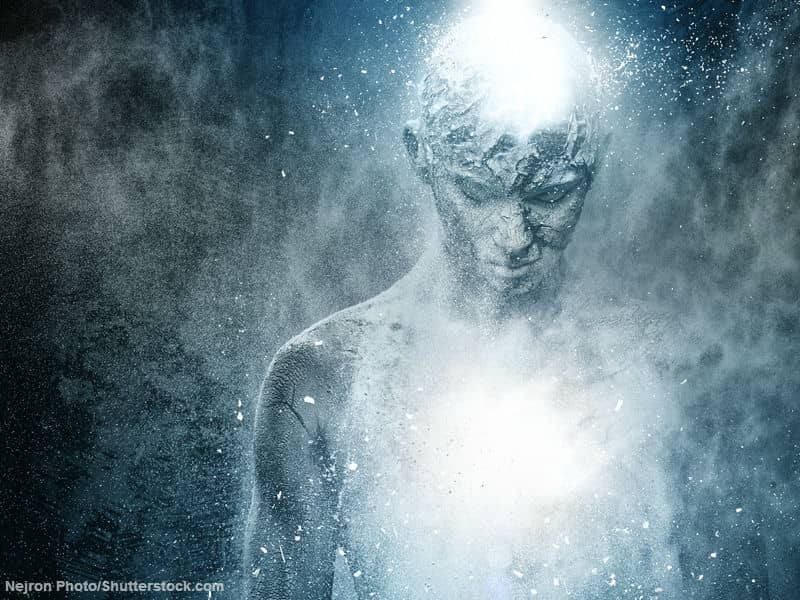In its current season at the Joyce Theater in Manhattan's Chelsea district, the Pilobolus dancers are performing works rooted in the Jewish faith, Hinduism, Buddhism and several religious sources not as easily identified. Altogether, 11 dance works are included in three programs.
The company, which prefers to call itself an organism, grew out of dance classes at Dartmouth College in Hanover, N.H., adopting a collaborative process of choreography and an approach to partnering that made no distinctions as to male and female. It won immediate acclaim for an inventive and humorous approach to dance that was unique in the early 1970s.
Pilobolus members have provided choreography for more than 80 dance numbers and also manage and publicize their own programs, which its touring companies have performed on stage and television nationally and internationally. Pilobolus' physical vocabulary has strongly influenced several other dance companies, and its dance works have been absorbed into the repertoires of the Feld and Joffrey companies, Ohio and Arizona Ballets, and dance groups in France and Italy.
The dancers cling together in a group as though finding strength in numbers, then advance as individuals with heads bobbing back and forth and bodies rocking in the traditional ritual of Jewish prayer. The choreography becomes increasingly complex as the dancers rejoin in various combinations as the frenzy of their devotion mounts.
Finally the dancers are thrashing about on the floor, contorting their bodies and attempting to overwhelm one another in symbolic combat with strong spiritual forces. It may not be a traditional view of prayer as practiced by Jews, but it is a powerful one that a critic for a Chicago newspaper found not only controversial, but distasteful.
This critic wrote that the dancers depicted "brutes, perverts and demented worshipers" who evoke the current chaos in Israel by emphasizing the ferocity of Old Testament stories. Since nothing could be further from the company's intentions, Pilobolus now prints explanatory notes on "Davenen" in its performance programs, noting that it had relied on such sources as the Kabbalah and author Isaac Bashevis Singer for inspiration.
Another work with distinct spiritual overtones is "Monkey and the White Bone Demon," a comedic take on the legend of the heroic but mischievous monkey king extant in Buddhist myths, Hindu epics and Chinese opera. Pilobolus condenses the tale of how the monkey saves a Buddhist monk and other pilgrims from the many-guised White Bone Demon who is finally killed by being pierced through with the pilgrims' walking staffs.
Spirituality and sex make for titillating entertainment in a Hindu-based work titled "Tantra Aranea," in which two dancers assume the ecstatic embraces of Shiva and his consort with movements attuned to a taped collage of Indian and Persian music. In the end the scarlet-clad goddess strides away from her prone and enfeebled lover like one of those female insects that devours the male in the course of mating.
Other dazzlers on the Pilobolus program are "Tsu-Ku-Tsu" involving totemic combinations of dancers carrying other dancers to a thunderous score by Leonard Eto, "Femme Noire" depicting a black-gowned diva assuming various preening poses for a photographer to a piano score by Paul Sullivan, and "Sweet Dreams," a surrealistic, dream-like number involving two lovers and the moon.
Dancers for "Davenen" are Otis Cook, Josie Coyoc, Renee Jaworski, Matt Kent, Gaspard Louis and Benjamin Pring."Monkey and the White Demon" stars Pring as the monkey and Kent as the demon. "Tantra Aranea" is danced by Coyoc and Kent and "Femme Noire" has Jaworski in the title role.
Costumes of unfailing novelty and fantasy are the work of Angelina Avallone, and Steven Strawbridge and Neil Peter Jampolis are the company's expert lighting designers. Backdrop designers include Ru Wang and Maurice Sendak, who designed a town aflame for "A Selection," a work with a Holocaust theme.
Since 1991, Pilobolus has conducted an educational outreach program through its Pilobolus Institute, providing 35 weeks a year of programming and workshops in American schools, colleges and universities and a residency in theater studies at Yale University. Another arm, Pilobolus Creative Services, generates original work for corporation commercials, television, film, and opera.
The entire operation has its headquarters in Washington Depot, Conn.

